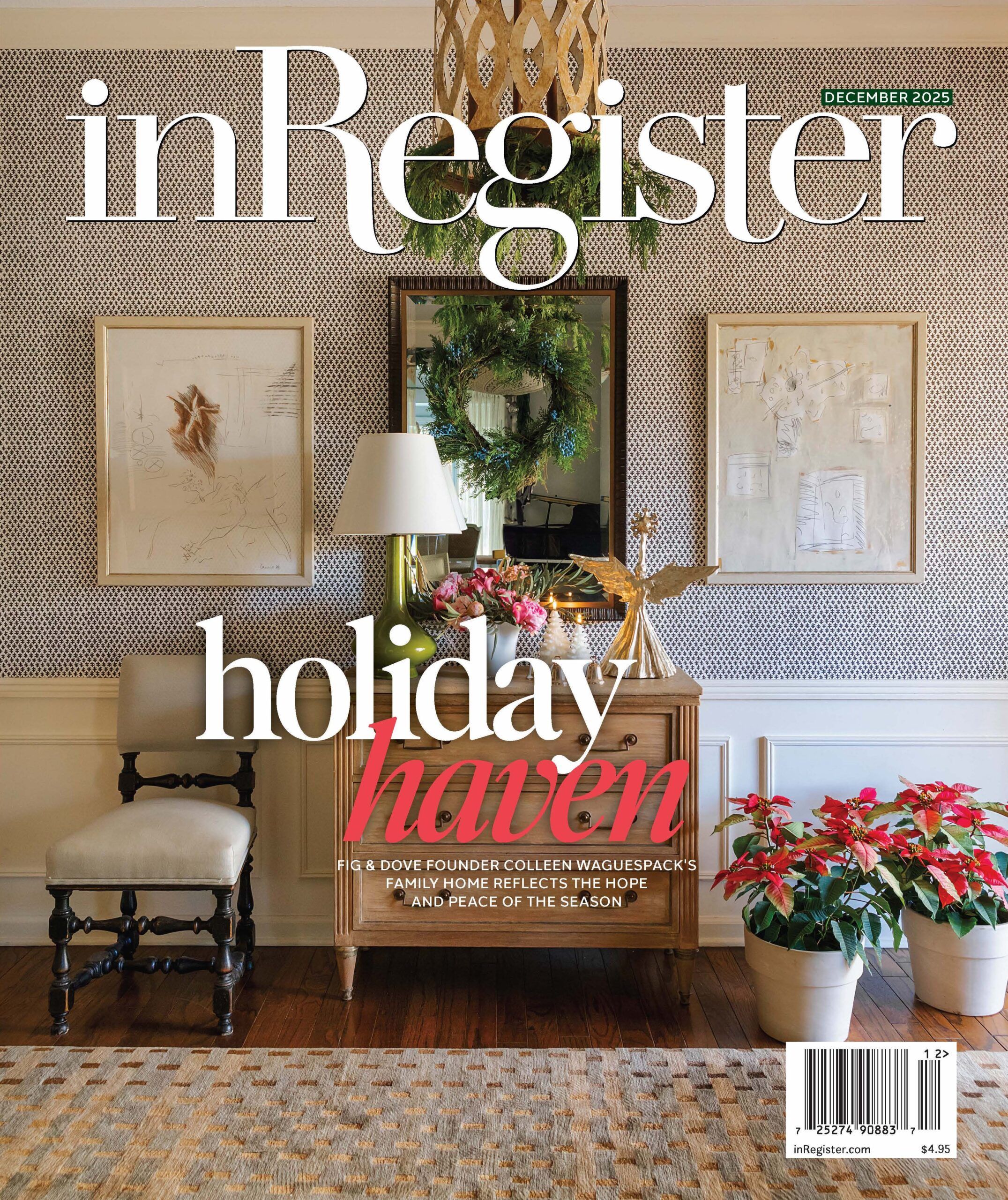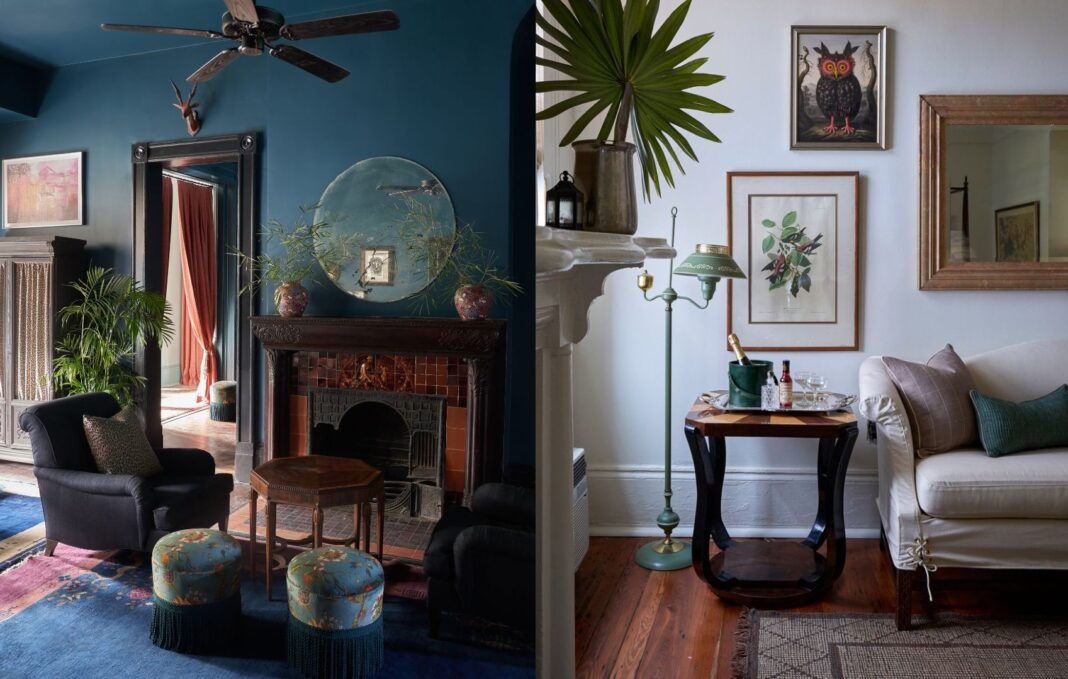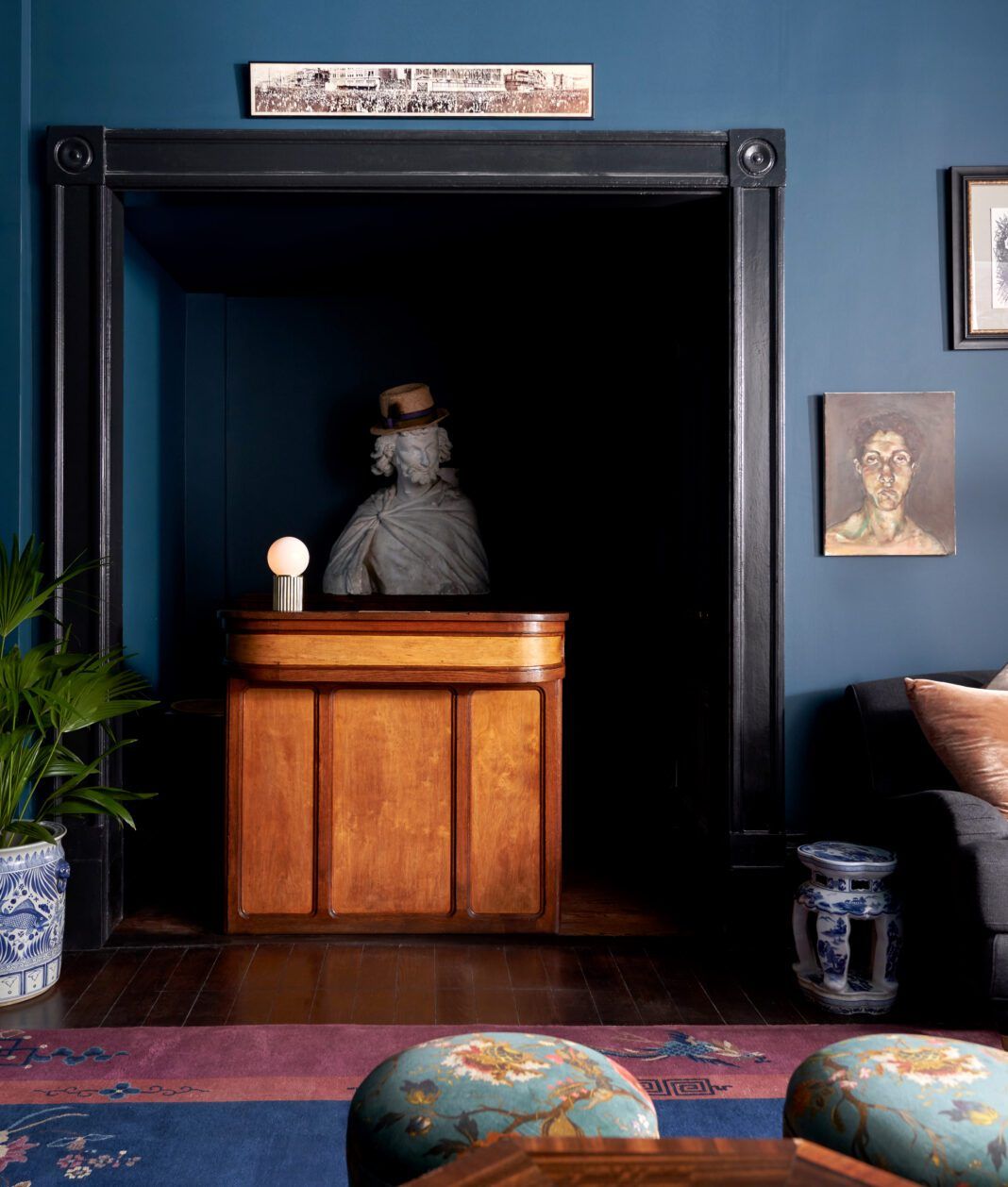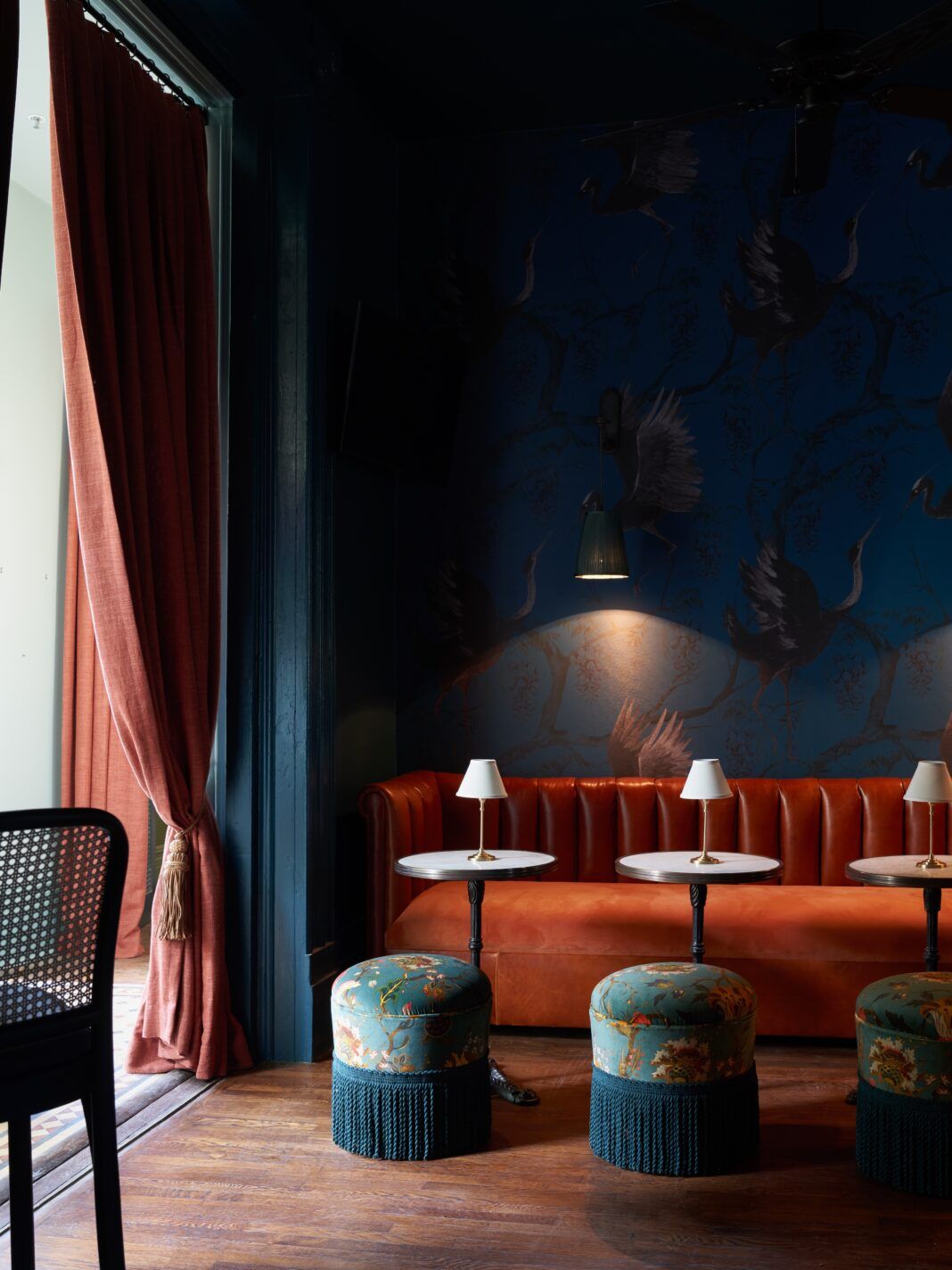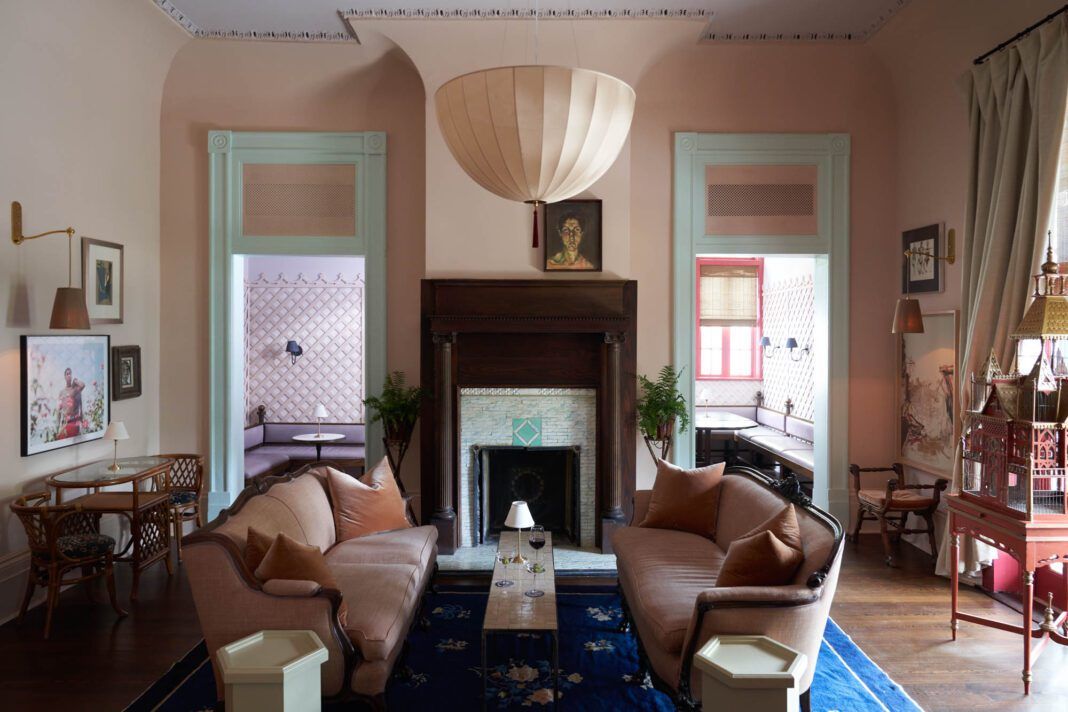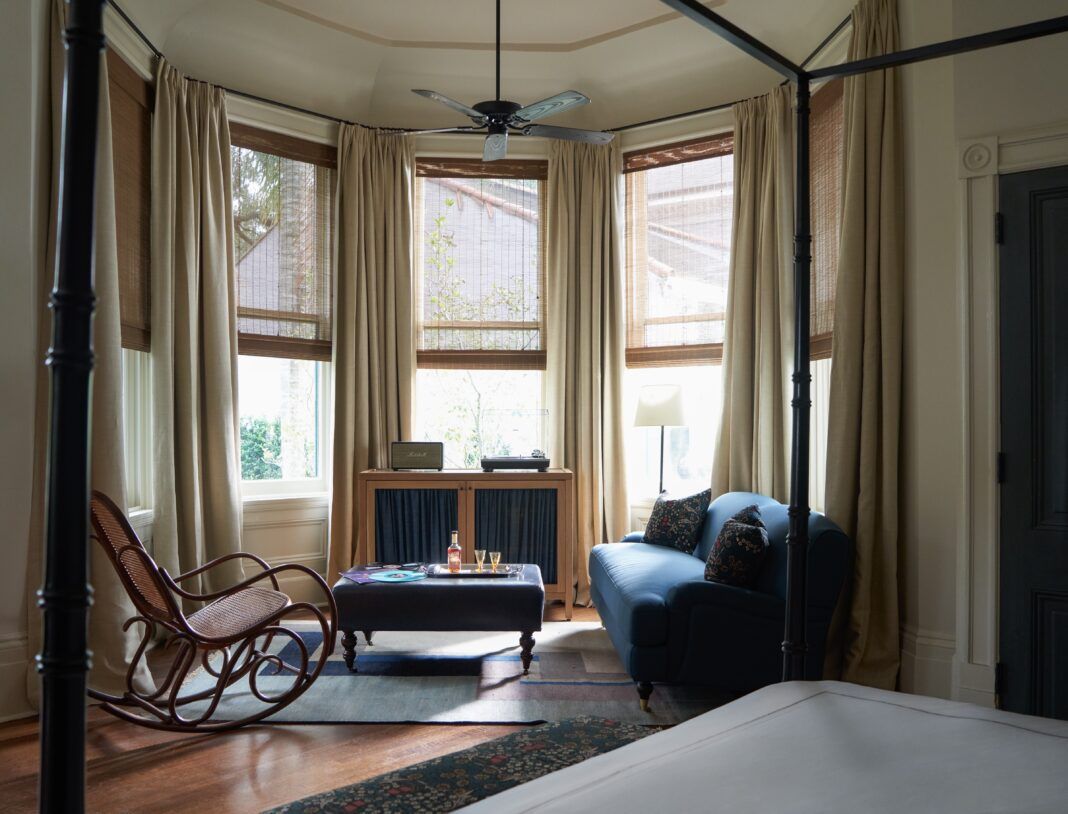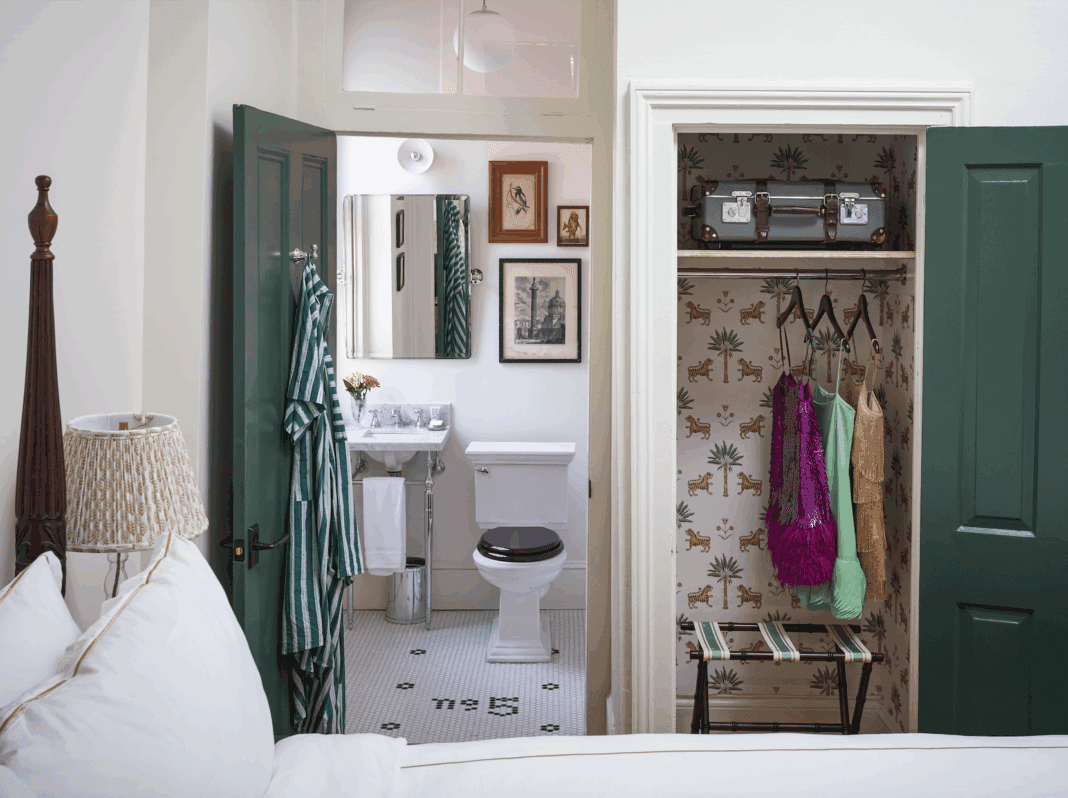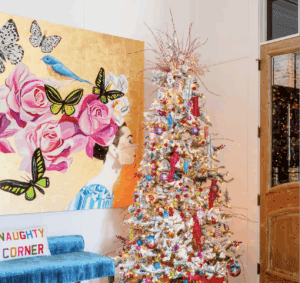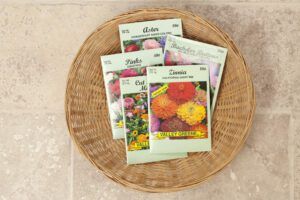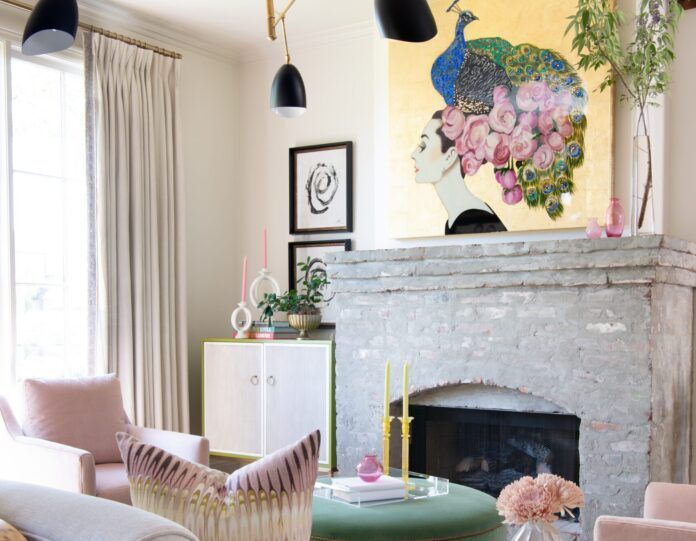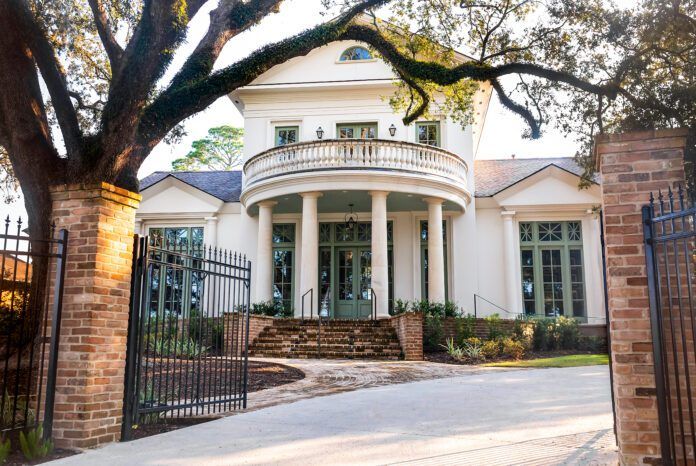From the Garden District to the French Quarter, The Chloe and The Celestine invite guests into the vibrant history of New Orleans
In October of 2011, an edition of the German newspaper Die Welt was released with no photography. Where the journalistic images would normally be placed, there were, instead, the vibrant, minimalistic works of renowned artist Ellsworth Kelly. His colorful, geometric shapes illustrated each story, challenging readers to dig deeper and examine the communicative power of art.
Now, pages of that edition of Die Welt can be found on the walls of Garden District boutique hotel The Chloe, among countless other works by artists from near and far, past and present, in a collection that tells an intricately woven story set into motion by designer Sara Costello.
“Art drives the narrative,” she says, noting that her photographer and art collector husband, Paul Costello, was key in curating artworks for both The Chloe and its sister hotel in the French Quarter, The Celestine. “Paul and I would talk about who would hang this art and why? What are we trying to say?”
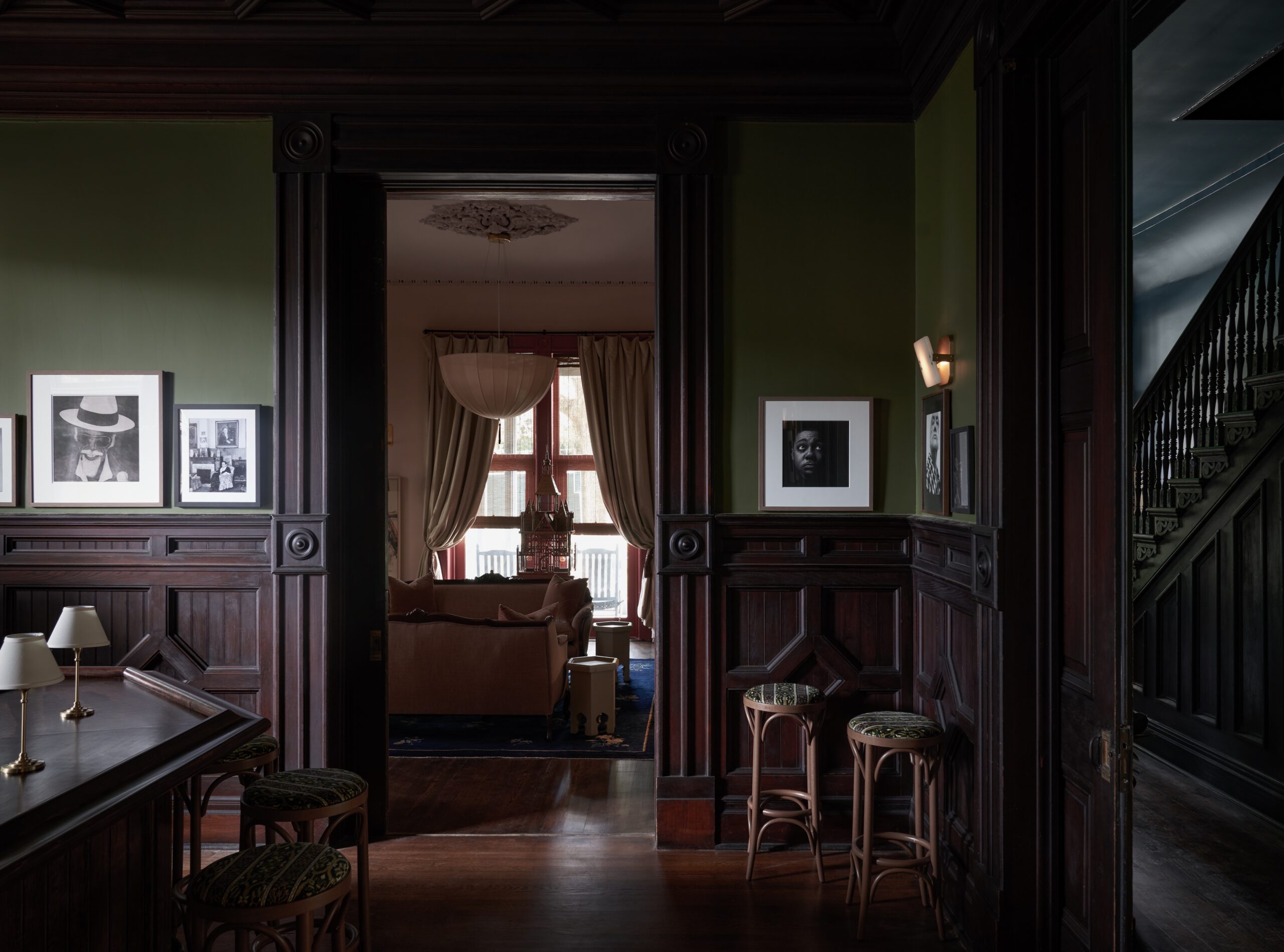
With a background in writing and magazine editing, Costello approaches her design process with stories in mind. And it is this point of view that led hotelier Robert LeBlanc, of New Orleans-based hospitality firm LeBlanc + Smith, to bring his friend Sara in on first The Chloe and then later The Celestine.
Starting Uptown in the Garden District, The Chloe’s 14 rooms are within a Thomas Sully-designed home built originally for a merchant and his family in 1891. Indistinguishable after years of being overrun by cats, Costello transformed the space with moody colors reminiscent of the Louisiana swamp and thoughtful touches meant to make guests—and locals alike—feel as if they were visiting a friend’s home. Each room is different, an idea also carried to The Celestine, to provide a unique experience with each visit. The hotel’s restaurant, bars and, most importantly, swimming pool are attractions that beckon locals and create a dynamic social scene.
“We wanted to create a really evocative place to come and spend an afternoon,” Costello says. “I never anticipated all of the events that would take place at The Chloe.”
Across town in the French Quarter, The Celestine finds its home in the 1791-built former residence of Antoine Peychaud, founder of the famous bitters brand and the fabled father of the Sazerac cocktail, his wife, Celestine, now the hotel’s namesake, and their children. Later, the building on Toulouse Street would become Maison de Ville, a spot frequented by author Tennessee Williams, who enjoyed the hotel’s quiet patio and even allegedly penned his acclaimed play, A Streetcar Named Desire, while listening to the sound of the hotel’s trickling fountain.
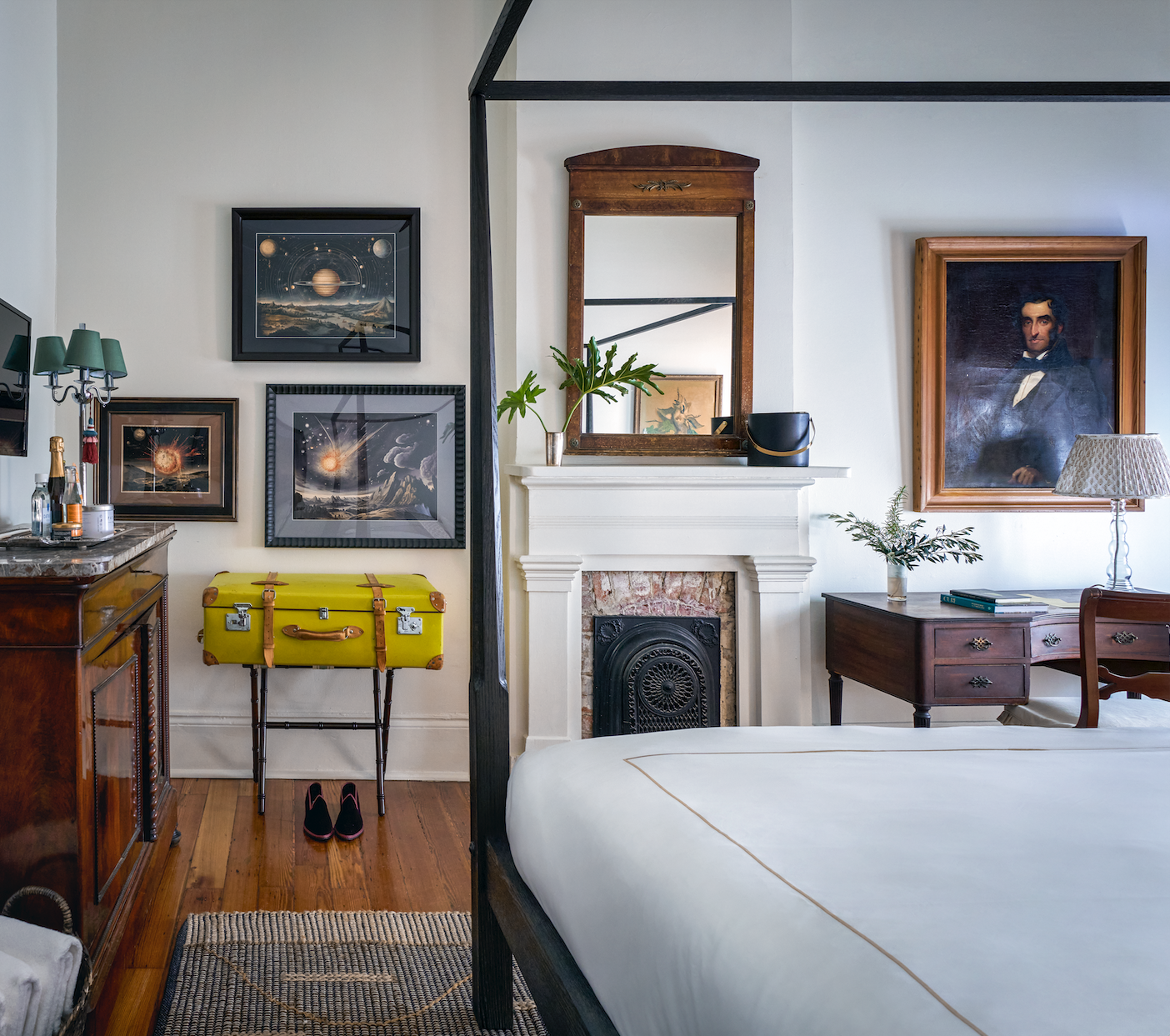
For the transformation of the 10-room hotel, Costello leaned into the area’s many influences, from Afro-Caribbean to Spanish to French, and sought to preserve as many historic details as possible, including a collection of 19th-century paintings and sketches that were found in the hotel’s attic during renovations.
“This is a historic place where something real and important happened, and we wanted to communicate that to guests,” Costello says. “People are staying here because they want a feeling—they want to be immersed.”

